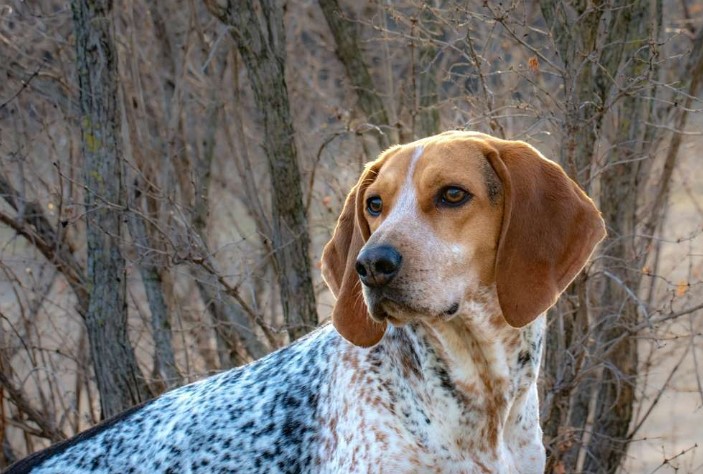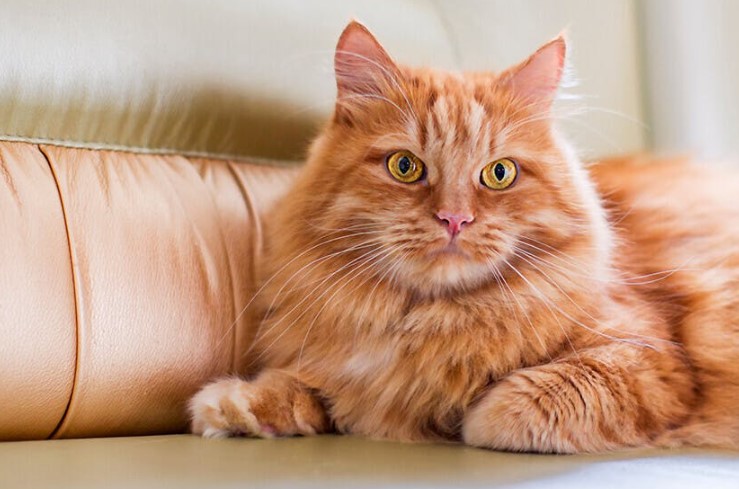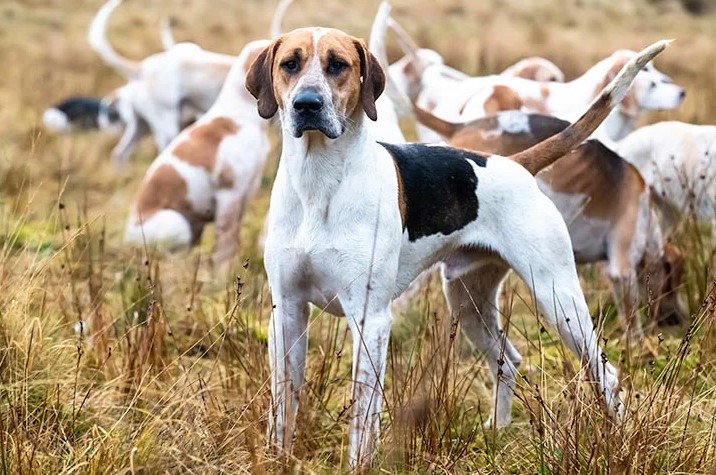
All About Alaskan Malamute Dogs
Introduction to Alaskan Malamute Dogs
Alaskan Malamutes are a majestic and powerful breed known for their strength, endurance, and unwavering loyalty. These magnificent dogs have a rich history and make excellent companions for the right owner.
History and Origin
Originating from the Arctic regions of Alaska, the Alaskan Malamute is one of the oldest sled dog breeds. Bred by the indigenous Mahlemuit Inuit people, these dogs were essential for transportation and hauling heavy loads over long distances in harsh conditions.
Physical Characteristics
Size and Build
Alaskan Malamutes are large and sturdy dogs, with males typically weighing between 85 to 100 pounds and females ranging from 75 to 85 pounds. They have a strong, well-muscled build, ideal for pulling sleds and working in cold climates.
Coat and Colors
Known for their dense double coat, Alaskan Malamutes come in various colors, including shades of gray, black, sable, and red. Their thick fur protects them from the cold, with a coarse outer coat and a dense, woolly undercoat.
Temperament and Behavior
Loyalty and Bonding
Alaskan Malamutes are incredibly loyal and affectionate towards their families. They form strong bonds with their owners and thrive on companionship and attention. However, they can be independent and stubborn at times, requiring consistent training and leadership.
Exercise Needs
Due to their high energy levels and working heritage, Alaskan Malamutes require plenty of exercise and mental stimulation to stay happy and healthy. Daily walks, runs, or hikes are essential to keep them physically and mentally engaged.
Training and Socialization
Obedience Training
Early and consistent training is crucial for Alaskan Malamutes to prevent behavioral issues and establish boundaries. Positive reinforcement techniques work best with this intelligent but sometimes stubborn breed.
Socializing with Other Pets
Proper socialization from a young age is essential to ensure that Alaskan Malamutes get along well with other pets and animals. Exposing them to different environments, people, and animals helps them develop into well-rounded companions.
Health Concerns
Common Health Issues
Like all breeds, Alaskan Malamutes are prone to certain health issues, including hip dysplasia, progressive retinal atrophy (PRA), and bloat. Regular veterinary check-ups and a healthy lifestyle can help prevent or manage these conditions.
Preventive Care
Maintaining a healthy weight, providing regular exercise, and feeding a balanced diet are essential aspects of preventive care for Alaskan Malamutes. Additionally, staying up-to-date with vaccinations and parasite prevention is crucial for their well-being.
Feeding and Nutrition
Dietary Needs
Alaskan Malamutes have specific dietary needs based on their size, age, and activity level. A high-quality diet rich in protein and essential nutrients is vital for their overall health and well-being.
Recommended Foods
Consulting with a veterinarian to determine the best diet for your Alaskan Malamute is recommended. High-quality commercial dog foods or a balanced homemade diet can provide the nutrition they need to thrive.
Grooming Requirements
Brushing and Bathing
Regular brushing is essential to prevent matting and reduce shedding in Alaskan Malamutes. Bathing should be done as needed, using a mild dog shampoo to maintain their coat’s health and cleanliness.
Nail Trimming and Ear Cleaning
Keeping their nails trimmed and ears clean helps prevent infections and discomfort. It’s essential to accustom Alaskan Malamutes to grooming tasks from a young age to make the process more manageable.
Exercise and Activity Levels
Daily Exercise Requirements
Alaskan Malamutes require at least an hour of exercise each day to satisfy their physical and mental needs. Engaging in activities such as walking, running, hiking, or participating in dog sports can help fulfill their exercise requirements.
Suitable Activities
In addition to traditional walks and runs, Alaskan Malamutes enjoy activities that stimulate their natural instincts, such as hiking, sledding, and agility training. Providing opportunities for mental stimulation is as crucial as physical exercise for these intelligent dogs.
Living Conditions
Ideal Home Environment
Alaskan Malamutes thrive in homes with ample space and access to outdoor areas where they can run and play. They do best in colder climates but can adapt to warmer environments with proper care and precautions.
Climate Considerations
Their thick double coat provides insulation against cold temperatures, making them well-suited for colder climates. In warmer regions, it’s essential to provide shade, adequate hydration, and indoor shelter during hot weather.
Famous Alaskan Malamutes
Throughout history, several Alaskan Malamutes have gained fame for their remarkable feats and contributions. Famous examples include Togo, a lead sled dog in the 1925 serum run to Nome, and Balto, who helped deliver diphtheria antitoxin to the same destination.
Choosing and Acquiring a Malamute
Breeder vs. Adoption
When considering adding an Alaskan Malamute to your family, you can choose to adopt from a rescue organization or seek out a reputable breeder. Conduct thorough research and ensure that the source prioritizes the health and well-being of the dogs.
Considerations before Getting a Malamute
Before bringing home an Alaskan Malamute, it’s essential to consider factors such as your lifestyle, living situation, and ability to meet their needs. Proper care, training, and commitment are crucial for providing a happy and fulfilling life for these magnificent dogs.
Conclusion
Alaskan Malamutes dog are extraordinary companions known for their strength, loyalty, and affectionate nature. With proper care, training, and attention to their needs, they can thrive as loving members of the family for many years.
FAQs
- Are Alaskan Malamutes good family pets?
- Yes, Alaskan Malamutes can make excellent family pets for active households willing to meet their exercise and socialization needs.
- Do Alaskan Malamutes shed a lot?
- Yes, Alaskan Malamutes have a dense double coat that sheds heavily, especially during seasonal changes.
- Are Alaskan Malamutes easy to train?
- While intelligent, Alaskan Malamutes can be independent and stubborn, requiring patient and consistent training methods.
- Do Alaskan Malamutes get along with other pets?
- With proper socialization, Alaskan Malamutes can coexist well with other pets, although individual personalities may vary.
-
How much exercise do Alaskan Malamutes need?
- Alaskan Malamutes require at least an hour of exercise each day, including both physical and mental stimulation.



